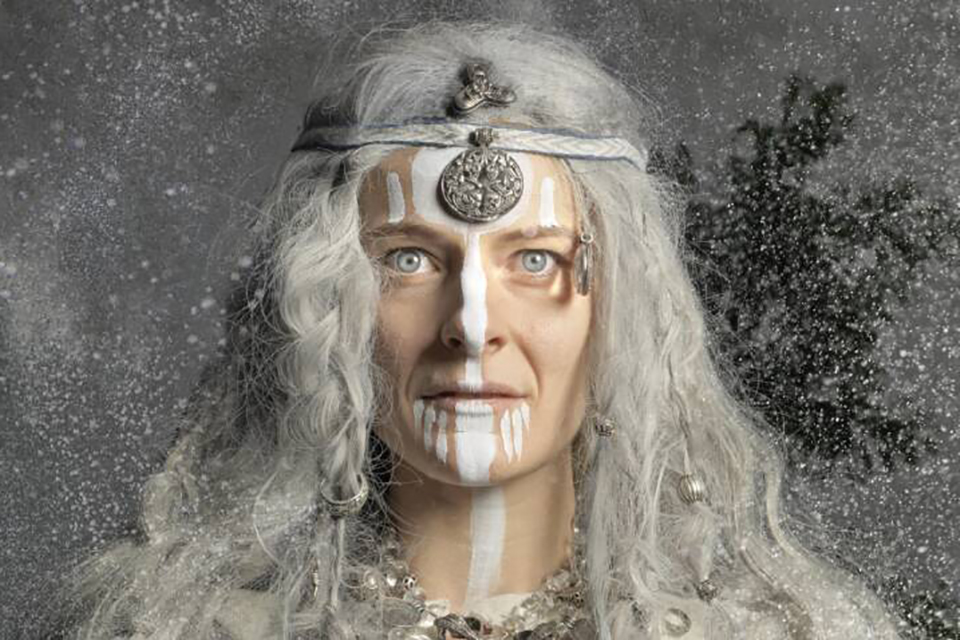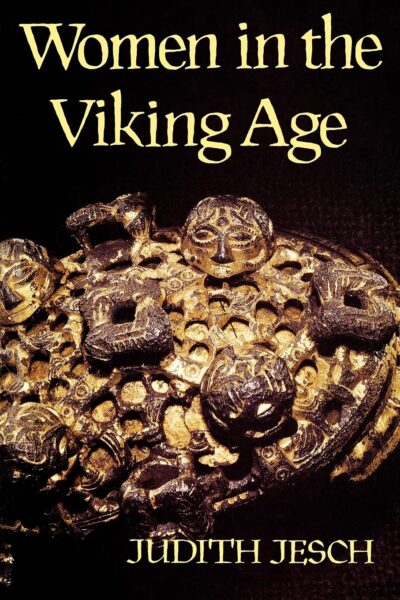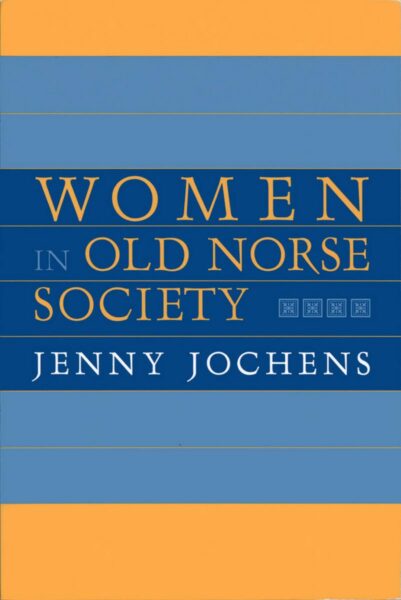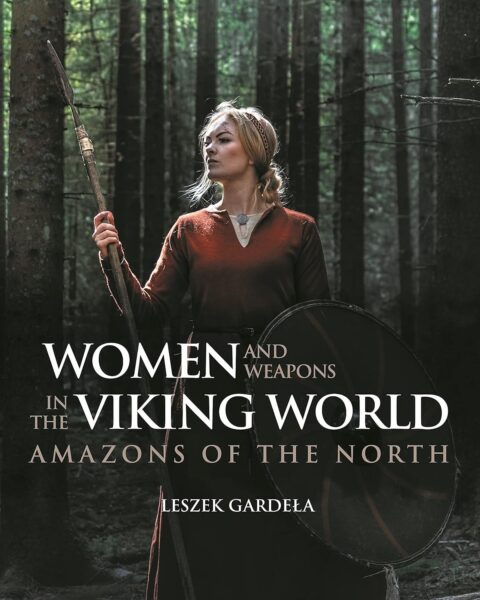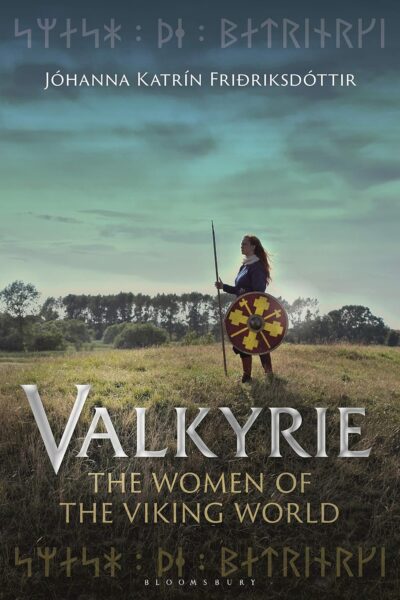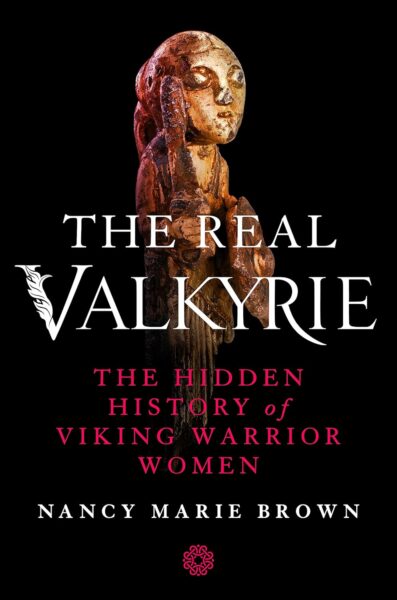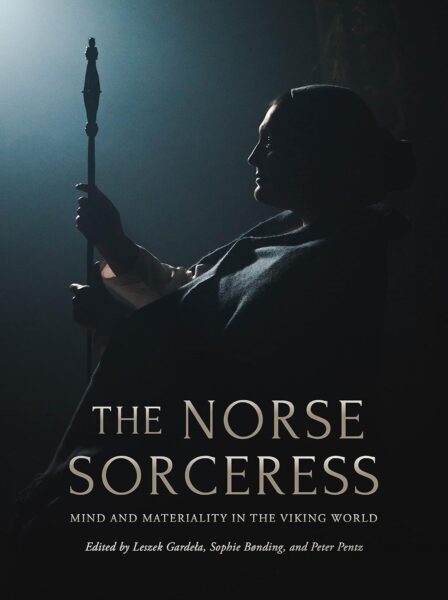Imagining women’s lives and ways of thinking in another world is complicated. How do we transgress the barriers of our own cultural predispositions? These questions were recently explored at a conference focusing on “Women in the Viking World”.
How should we imagine the lives of Viking women? And in what way – if any – did their lives change with the introduction of Christianity? Did the conversion entail limitations? Or did it create new possibilities for women in terms of equality? For instance, concerning intellectual possibilities inside religious communities?
These questions have been debated in the last 40 years, since the seminal book published by Judith Jesch in 1991, which was based on her research in the 1980s.
In recent years, however, a new archaeological focus has been observed in Viking Studies research on women. This trend took off in 2013, with Gardela’s initial work on “warrior-women” culminating in his book published in 2021. His work followed the footsteps of the research published in 2017, which led to the 2019 publication in Antiquity on reassessing the Viking Warrior women in the Birka grave BJ. 581.
During the summer of 2024, scholars and graduate students gathered in Liverpool in the UK to take stock, exploring questions of identity, gender, status, migrations, settlements, emotions and consciousness, as well as the lived experience as evidenced by archaeology and anthropology.
One conclusion was that “age” appeared more critical than “gender” when mapping status as witnessed by grave goods. However, assemblies of grave goods did indeed signal gender. Another venue explored was based on studies of women’s histories as witnessed in Runic Stones, not least the story of the Danish Queen Thyra, which Danish archaeologists and runologists have recently studied. Following this, the question of how to avoid cultural myopia, for instance, when identifying male rods as “spires” or “sceptres” signalling juridic power as opposed to female rods, which are habitually identified as staffs, signalling otherworldly or religious capabilities.
Finally, the conference explored new ways of reading the Icelandic Corpus of texts to grasp women’s emotional and political realities when dealing with the everyday experience of making a living. One particular effort was represented by papers exploring the normative systems and the space allotted for emotional and practical transgressions in these texts.
“If the conference aimed to provide an arena for the exchange of ideas between disciplines about recent and currently ongoing research projects within Viking Studies, it was most definitely a success. The presenters showed the relevance of prioritizing the study of the women in the Viking world, both in their lived experiences, as evidenced by the archaeological studies, and in the literary representation and depiction of women. Whether this divide itself is possible to bridge cannot be resolved so easily, and the conference hopefully spurs further attempts to engender clarifying research into these areas”, writes Kim Bergqvist from Stockholm University in a fine overview of the conference in a recent issue of Scandia.
PHOTO:
Ane Halsboe-Jørgensen, current minister for Cultur & Church posing as “Vølve”. The Photo was taken as part of series of ten portraits by the artist Jens Lyngvild as part of an exhibition at Køge Museum , Vølver, Guld og Guder / © Jens Lyngvild
SOURCE:
Women in the Viking World. Conference report from the University of Liverpool (27. – 28. August 2024)
Ed by Kim Bergquist
In: Scandia. Journal of Medieval Norse Studies (2024) No 7
READ MORE:
